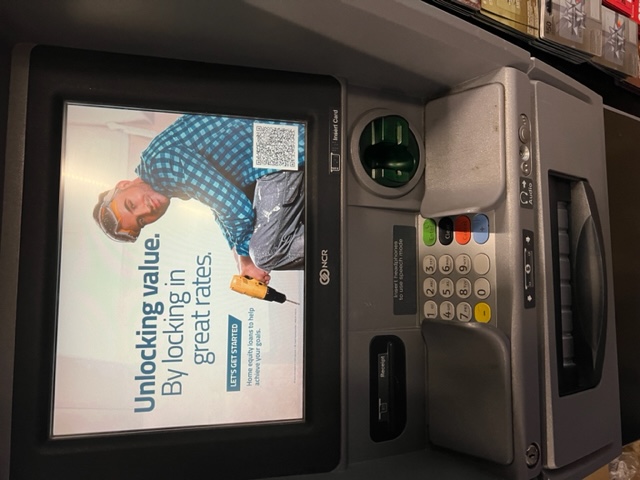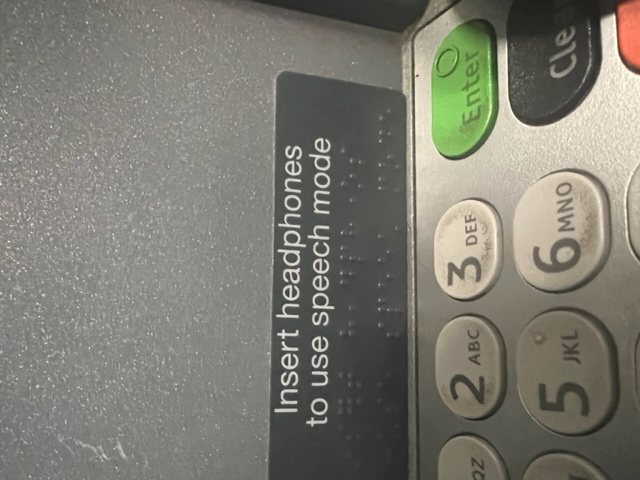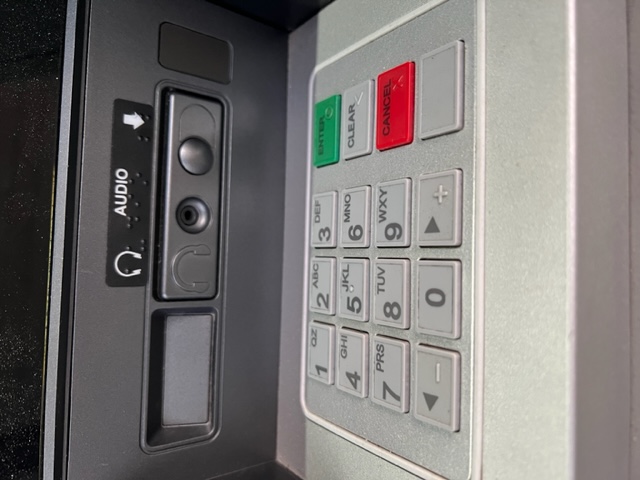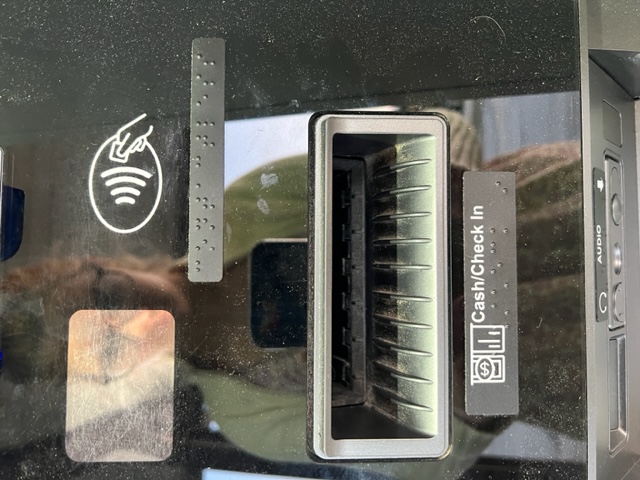Drive-through ATMs with Braille buttons have long perplexed many, giving rise to questions, jokes, and urban legends. After all, blind individuals don’t drive, so why would there be Braille on machines explicitly designed for drivers? As it turns out, the presence of Braille is based on a combination of practical, legal, and manufacturing reasons. This article delves into the explanations behind this seemingly contradictory design choice.

Standardization in manufacturing
Perhaps the most practical explanation is that of standardization in manufacturing. ATM manufacturers often produce the same keypads for both walk-up and drive-through machines to save on production costs. Instead of making two separate models – one with Braille and one without – it’s more cost-effective to produce one model of keypad that fits all requirements. This uniformity in production simplifies the manufacturing process, quality control, inventory management, and even repair operations.
Accessibility laws and Regulations
The Americans with Disabilities Act (ADA) and similar laws in other countries mandate that ATMs be accessible to people with disabilities, including the visually impaired. This means that all ATMs, regardless of their location or primary target audience, must be designed to be usable by as many people as possible.
What the ADA requires, according to the Department of Justice’s 2010 ADA Standards for Accessible Design, chapter 7, is:
-
Same degree of privacy to all

-
Speech output is required
-
Tactile input, numeric keypad with tactile indication of number 5.
-
Controls with defined tactile indication.

-
Braille instructions to initiate speech.
These are just a few pointers as they pertain to blind people, but the regulation is actually much more complex. There are requirements which are not mandatory for drive-up machines, but they have to do with spacing and not related to the needs of blind people.
Blind passengers and non-drivers
Just because a blind person doesn’t drive doesn’t mean they won’t find themselves at a drive-through ATM. A blind individual might be in a car with a friend or family member, and they might need to conduct a transaction independently. In this scenario, the presence of Braille allows the blind individual to operate the ATM without assistance.

Potential future re-purposing
If an ATM originally designed for drive-through use is later relocated to a walk-up location, it would still need to meet accessibility requirements. By already having Braille on the ATM, the machine remains compliant with regulations and won’t need modifications.
Promotes an inclusive image
Beyond the practicalities, having Braille on all ATMs sends a message about inclusivity. By ensuring that even drive-through ATMs are accessible, banks and financial institutions emphasize their commitment to serving all members of the community, regardless of their physical abilities.
Conclusion
While the presence of Braille on drive-through ATMs might initially seem puzzling, there are several logical and well-intentioned reasons behind the decision. From manufacturing efficiencies to inclusivity and regulatory compliance, the design choice embodies a blend of practicality and a commitment to accessibility. It’s a clear reminder of the importance of designing with all users in mind, regardless of how counterintuitive the solution might appear at first glance.


No comments! Be the first commenter?